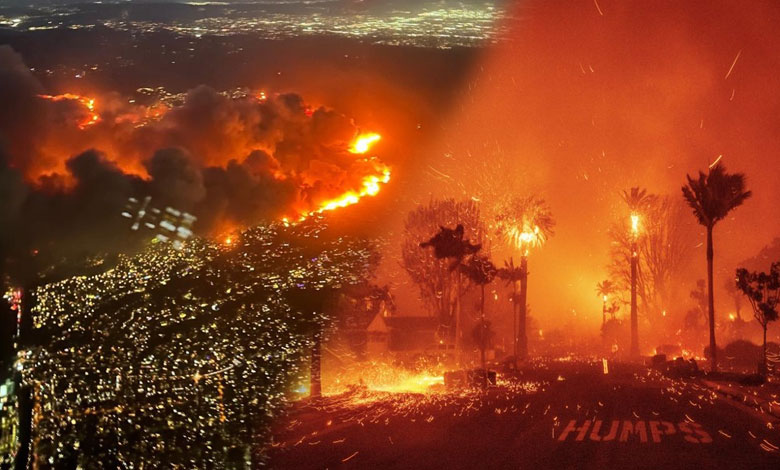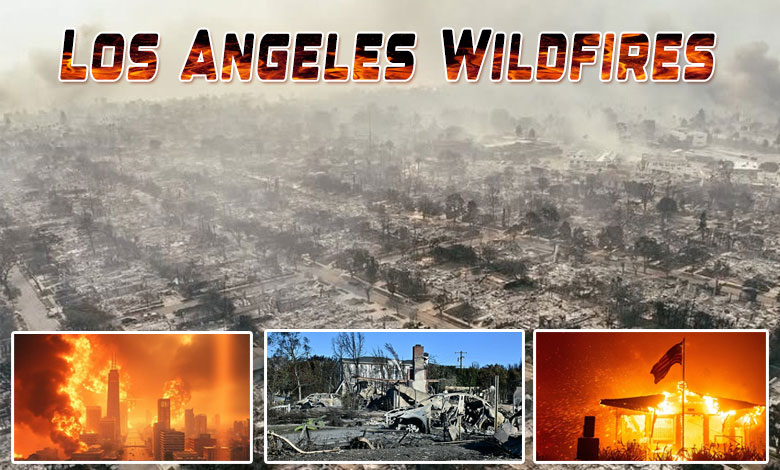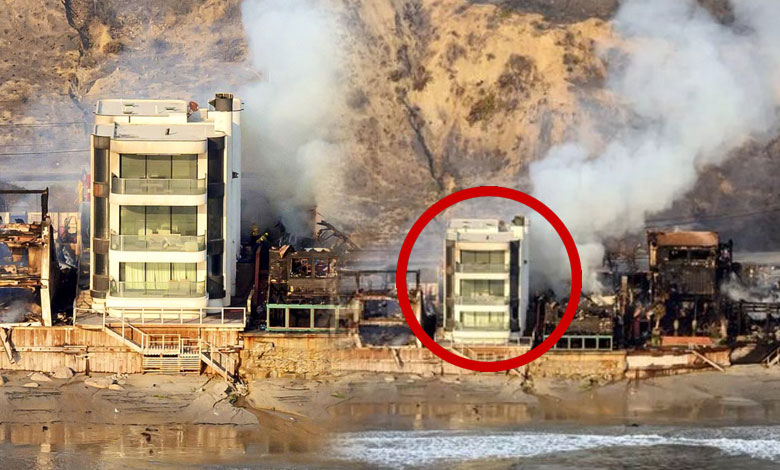When All of California Was Burning, How Did This House Survive the Deadliest Wildfire? Here’s the Real Reason
Discover how a $9 million Malibu mansion survived California's deadliest wildfire while everything around it burned to the ground. Find out the real reason behind its miraculous survival.

Discover how a $9 million Malibu mansion survived California’s deadliest wildfire while everything around it burned to the ground. Find out the real reason behind its miraculous survival.
As relentless wildfires raged through California, leaving vast landscapes and entire neighborhoods in ruins, one extraordinary story stood out. A USD 9 million, three-story mansion in Malibu survived the inferno largely unscathed while neighboring homes were reduced to ash. The miracle? It was less about fate and more about concrete, fire-resistant construction, and design choices that helped the property stand tall amidst devastation.
Table of Contents
The Tycoon’s Unexpected Discovery
David Steiner, a retired waste management executive, was devastated when he first received footage of smoke and flames consuming his Malibu property. His mansion, one of the most expensive in the area, was initially thought to be lost.
“I thought we had lost the house,” Steiner said, recalling the early moments of panic. However, as news spread, he began receiving messages from friends and neighbors: “Your house is all over the news.” It became clear that the mansion had survived the destruction.
“It brought a pretty big smile to my face at a pretty bad time,” Steiner shared. His wife had sent him an image that read, “Last house standing,” which proved to be true in this case.
The Key to Survival: Fireproof Construction
According to Steiner, the survival of his mansion can be attributed to its ultra-sturdy construction. The home was built using materials known for their fire-resistant properties, including stucco and stone walls. Furthermore, the mansion features a “fireproof roof,” another crucial element that likely helped it withstand the intense heat and flames that engulfed the surrounding area.
This robust design was in stark contrast to the more vulnerable wooden structures of neighboring properties, which were reduced to ashes within hours.
Concrete’s Role in Saving Properties
Steiner’s mansion wasn’t the only structure to survive the wildfires. Another building in Los Angeles’ Pacific Palisades neighborhood, designed with a solid concrete perimeter wall, also stood firm as the surrounding area was devastated by fire. Architect Greg Chasen, responsible for the Pacific Palisades property, believes that the concrete wall played a key role in the survival of the structure.
“[The] solid concrete perimeter wall probably saved us there,” Chasen said, emphasizing how the design choices directly contributed to the building’s resilience.

Why Wood is Still Preferred in U.S. Construction
Despite the advantages of concrete and other non-combustible materials, wood remains the preferred choice for building homes in California and much of the United States. The primary reason for this is that wood is lightweight, cost-effective, and readily available, making it ideal for rapid construction, especially in earthquake-prone regions like California.
However, the wildfires have exposed a major flaw in using wood as the primary material for housing. While wood is durable and earthquake-resistant, it is highly susceptible to fire. In contrast, materials like steel and concrete offer fire resistance, durability, and can better withstand extreme conditions, making them a more viable option for construction in fire-prone areas.

A Changing Perspective on Building Materials
The visuals of the Malibu mansion surviving the wildfire sparked a broader conversation on social media, with some users questioning why homes are still being built with timber, especially near areas vulnerable to wildfires. Israeli author Saul Sadka echoed this sentiment, remarking that using timber in such areas was puzzling.
“To be honest, I don’t really understand why people build beautiful new homes with timber adjacent to forests that combust at regular intervals,” Sadka said. “It’s not a miracle. It’s called ‘concrete’,” he added.
Sadka’s criticism highlights the ongoing debate in the U.S. about the reliance on wood in construction, despite the clear advantages of using more fire-resistant materials like concrete.

The Role of Insurance and Cost Considerations
Another factor contributing to the continued preference for wooden homes is the role of insurance rebates, which often incentivize cheaper building methods. Concrete, being more expensive, may not always be considered cost-effective for new construction. However, the Malibu mansion’s survival serves as a reminder that investing in durable, fire-resistant materials can ultimately save lives and property in the long run.
Concrete, Luck, and Resilience
While it is clear that sturdy construction materials like stucco, stone, and concrete played a critical role in helping the Malibu mansion survive the wildfires, luck may have been another factor. The design and construction choices, combined with the nature of the wildfires themselves, allowed for this “miracle” survival. As more Californians and residents of fire-prone areas look to rebuild, the lessons learned from this incident may push for a reconsideration of building materials to better protect homes from future catastrophic wildfires.

